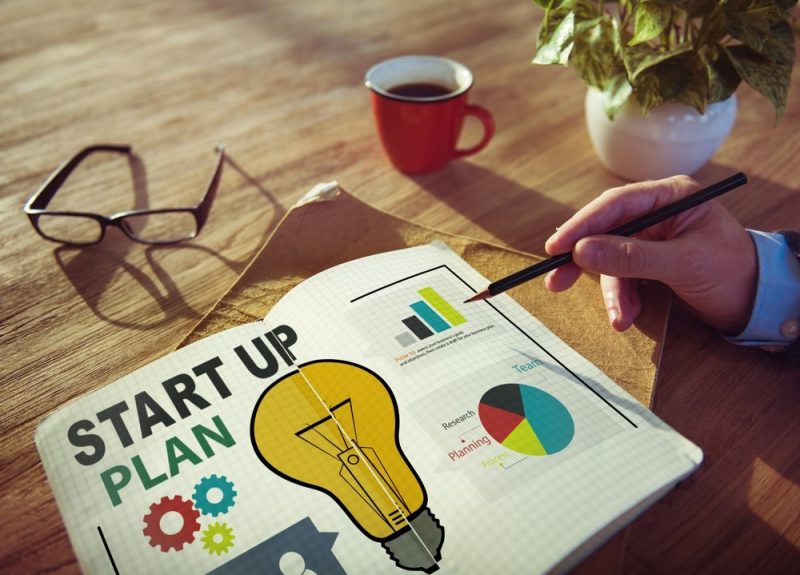Startups and other projects are exposed to risk. You should consider future steps and make informed decisions to achieve success. A well-organized roadmap will show the current and next startup stages and will help you to overcome obstacles in time. A clear understanding of the current situation can save a startup, as the global best practice show. There are a lot of services that can help startups with finance or resources: Upwork, Kickstarter, Amazon Web Services, etc.
In the USA, venture capital activity has existed for over 60 years. Experts define three stages where the risk for the startup is the highest.
- Idea validation (Pre-seed and Seed)
- Product/Market Fit (PMF, Easy stage)
- Sales (Scalable Distribution, later stage)
Over the last several years, startup financing has changed, and now the launch of the software startup requires less financing in the beginning and more financing at the final stage.
Let’s see it in detail!
Contents
Pre-Seed: From idea to MVP
It is about creating a minimum viable product, MVP, a simple product with a limited number of functions that customers need. It can be dangerous to become dependent on the idea of the perfect product, that’s why the Lean Startup methodology is getting more and more followers and will be especially helpful at this stage.
As Paul Graham, founder of Y-Combinator, says, “make something people want.”
You should be ready to redo your MVP after validation and testing; this is the usual practice. A/B testing or fake sites are especially useful to understand whether your target market wants and needs your product at all.
Seed: From MVP to Product/Market fit
At this stage, MVP is upgraded to a great scalable product, which matches the needs of its users. This stage lasts until the project gets Product/Market fit (PMF) and thus can take several years.
There are some metrics, which can help you check the performance of the PMF, such as:
- Organic traction: most signups come from organic sources.
- The signup rate is 3-5% or higher from website visitors to signups.
- Conversion from free trials to paid customers is about 5-10% or higher.
- The sales cycle is very short (30-45 days).
- Customers’ activity: most customers use the product as frequently as you’d expect it.
- Churn: for customers that survived the first 2-3 months, the churn rate is 1-1.5 % per month.
- Customer satisfaction (NPS): the net promoter score is over 25%, the product has good feedback and is popular.
When the company has reached the PMF, regular customers can appear. Generating income is important to reduce risk and define the business model.
Risks on this stage and economic valuation of the product depends on the quantity of information about the potential success of your startup.
Early-stage: From PMF to Scaleup
At this stage, it is important to prove that the product can be scalable and profitable.
Scaleup is about PMF and a successful distribution model.
As soon as you see the growth of the product, you should optimize your business model to increase the sales volume in the shortest possible time.
At this stage, the most actual will be “unit economics” which means direct revenues and costs associated with the business model. Estimations are related to real data and illustrate the company’s ability to generate profit.
Usually, startups get investment at this moment. Venture capital funds became active; they are looking for a huge growth rate during a short time.
It is vital to timely verify business model scalability as it can prevent the collapse of the startup. The Fab is an excellent example of this. The Fab was one of the startups with the biggest growth in the world in 2010-2015. It had more than $300 million investment and economic valuation of over $1 billion but went bankrupt. Jason Goldberg, the founder of the Fab called his biggest mistake that he didn’t understand in time that his business model wasn’t ready to scale.
Later-stage: From Scaleup to Growth equity
At this time, the startup transforms into a company. Growth and getting to new markets before its competitors become a new priority for the company. Venture capital funds are replaced with Growth Capital funds. There are no doubts that the company’s business model is profitable and viable.
Now, let’s sum up all stages with this to-do list for a startup owner:
Pre-seed and seed
- Build and launch an early product version;
- Explore the market and future clients;
- Get the first customers.
Early-stage
- Polish the business model;
- Establish distribution challenges;
- Define traction indicators and find ways to gain traction;
- Find new markets;
- Increase staffing, for example, sales or developers team, when needed.
Later stage
- Seek ways to get ahead of competitors;
- Find opportunities to increase profit.
There are a lot of risks at every turn for your startup, but a roadmap created in time, detailed validation, and a clear business model will help you to reach success.





